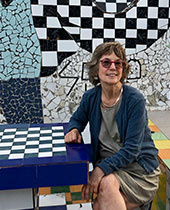Without doubt, daily life in Cuba isn’t easy, even without the recent devastation brought about by the terrible tornado that struck just days after we left. With average salaries around $30 USD per month, and persistent shortages of life’s necessities, which are partially a result of the US trade embargo in place since 1962, access to important items is obviously limited. Will soap be in stock at the local store this month? Feminine hygiene products? Bottled water? Maybe not.
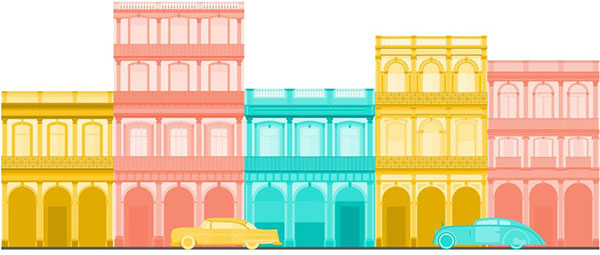
Yet the Cuban people are survivors. An uncanny resilience seems to be built into the social fabric of the population, as seen in their endless workarounds, and their perseverance through a long, tumultuous history with colonizers and dictatorships.
And, it must be said, Cubans are, almost to a person, unfailingly kind and committed to a society where each citizen cares for the other. Exhibit #1: our guide, Madeline Ramirez.
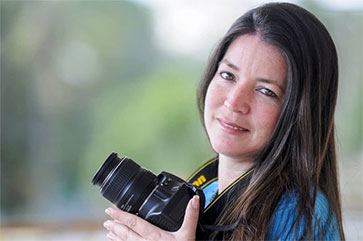
One of the things that makes Cuba perhaps the most interesting country I've ever visited is the co-existence of, and contradictions between, third and first worlds. At first glance, it is easy to be struck by the dilapidated facades and crumbling streets, long queues for shops with little to sell, pot-holed streets alive with cycle rickshaws, bicycles and cars that look as if they won’t make it to the edge of town, let alone outside the city limits.
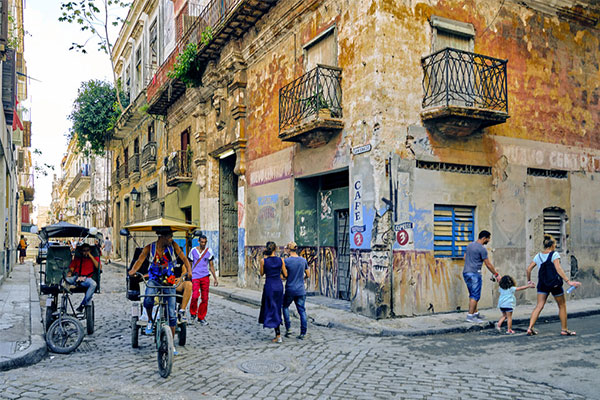
But the feeling of faded grandeur and crumbling charm give way to an acute awareness of its extremely vibrant culture – a complex mix of diverse European, African and North American influences. Music may be Cuba’s best-known cultural export. But Cubans also have an international reputation for their thriving and high-quality art, manifested in media such as painting, sculpture, cinema, dance, and design. The arts in its many guises are fostered in schools and by government policies. Everyone, from toddlers on up, seems to be involved in creative endeavor of some sort, much of it at a very high level.
MOST LIVEABLE CITIES went Havana to experience this cultural abundance and to try to understand its sources. Given the shortages of just about everything – paints, brushes, ballet shoes, guitar strings – the vitality of the artistic life in Cuba is nothing short of remarkable.
For one thing, Cubans do not seem to be inhibited in the way we in North America often are. I doubt you would hear a Cuban saying, “I can’t sing a note,” or “I don’t dance,” or “I can’t draw.” Even their bodies are canvases for self-expression.
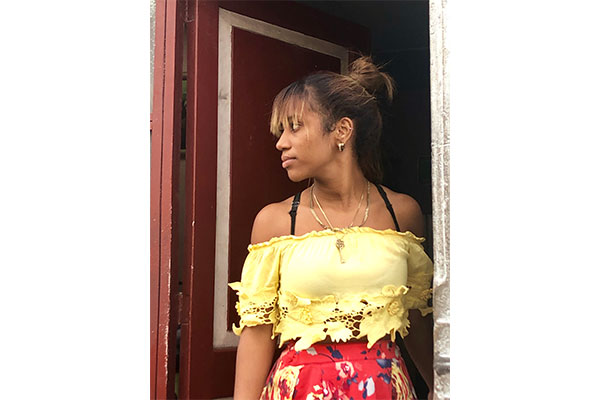
While many factors have combined to create Cuba’s unique cultural flowering, I wonder whether scarcity too has been an unwitting contributor. One has the sense that every resource is put to its maximum possible use in Cuba. This may extend to constraints enabling, rather than hindering, artistic creativity. I think it is not surprising to see elegantly creative Cuban designs that were conceived of and built with limited resources. Here is a stunning example of art created with nothing but layers of lowly and inexpensive packing tape.
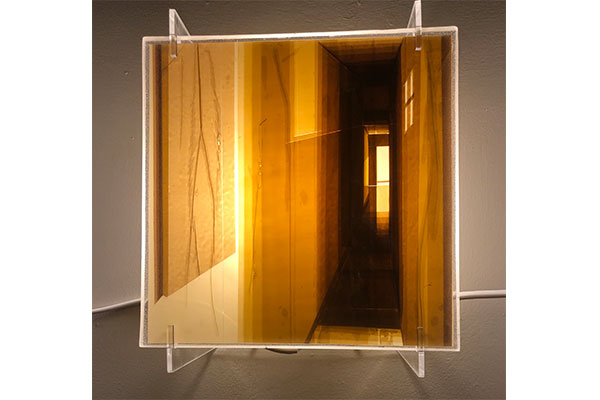
For the armchair traveller, a few more photos from Havana: Capital of Creativity.
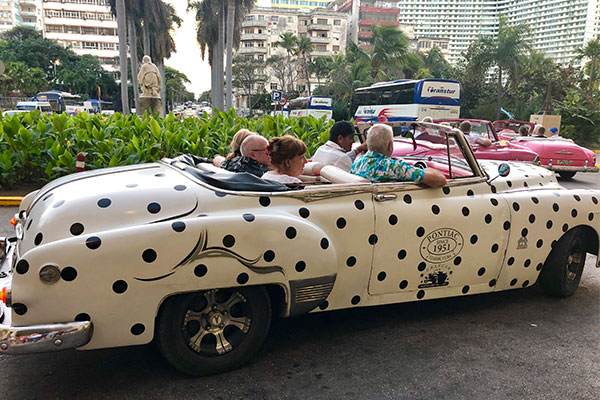
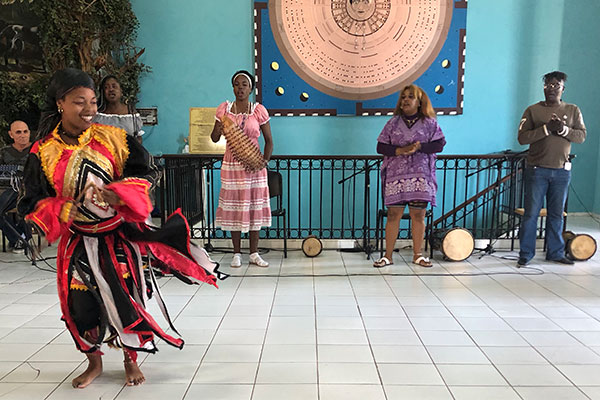
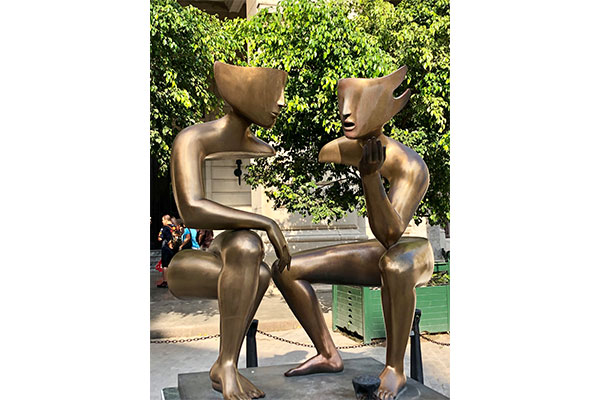
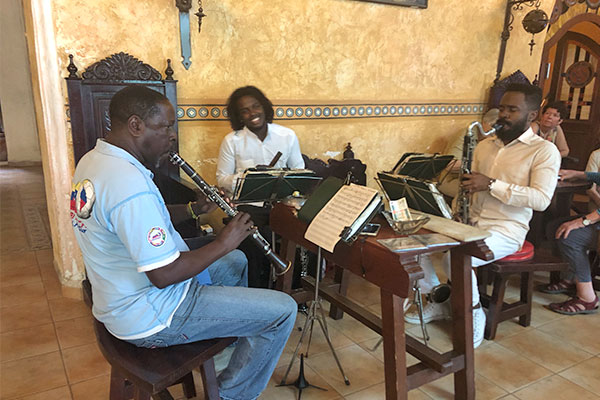
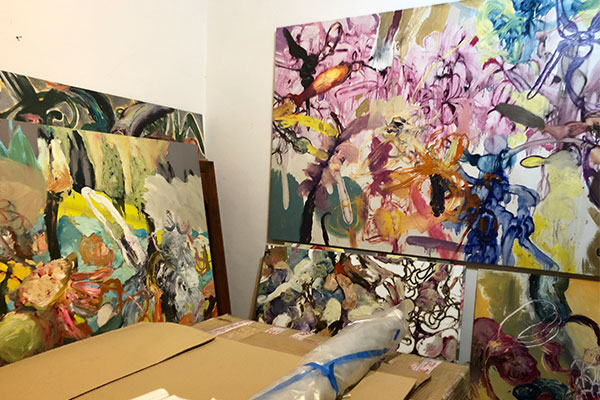
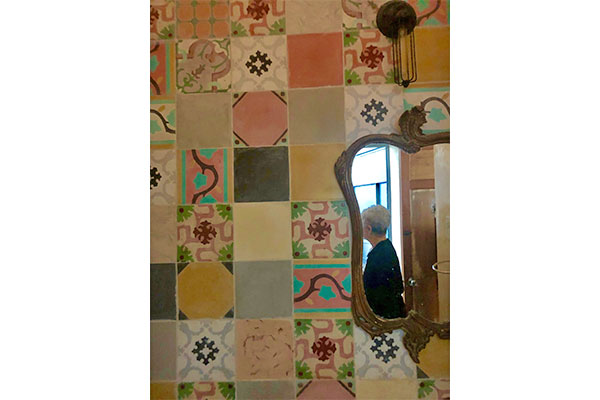
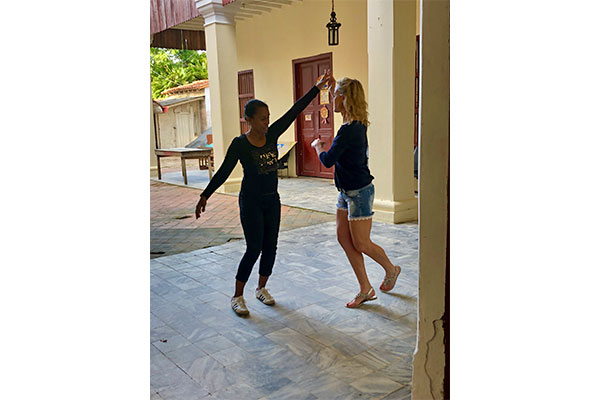
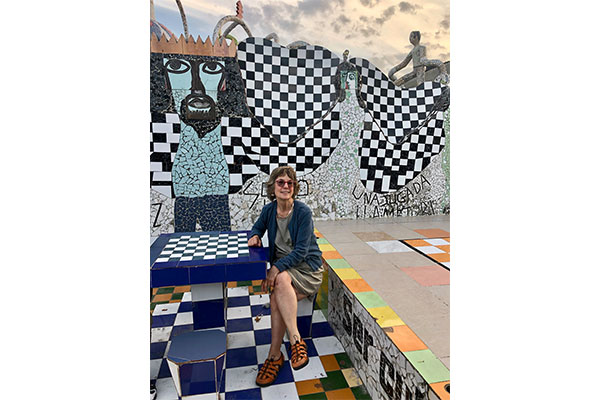
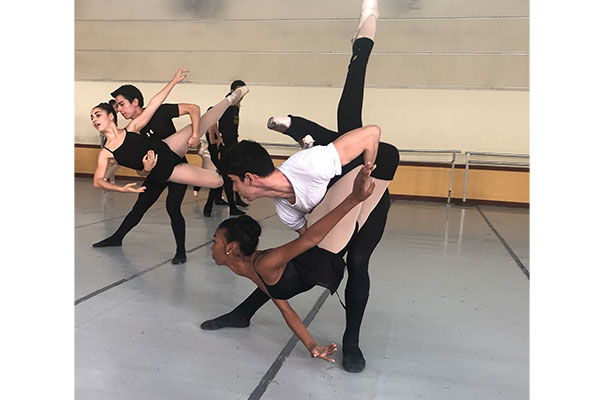
It was a fabulous place for MOST LIVEABLE CITIES’ first encounter with looking for answers to the complex and challenging question of what makes a city great for the people who call it home! Our trip was so successful we will offer another next winter, and I hope that anyone reading this blog who is intrigued by my observations of and affection for this wonderful land will join us then.
I encourage you to check out all of our upcoming MOST LIVEABLE CITIES tours, click here!
To be in touch with Ann Kirkland directly, email her at ann.kirkland@mostliveablecities.com.


